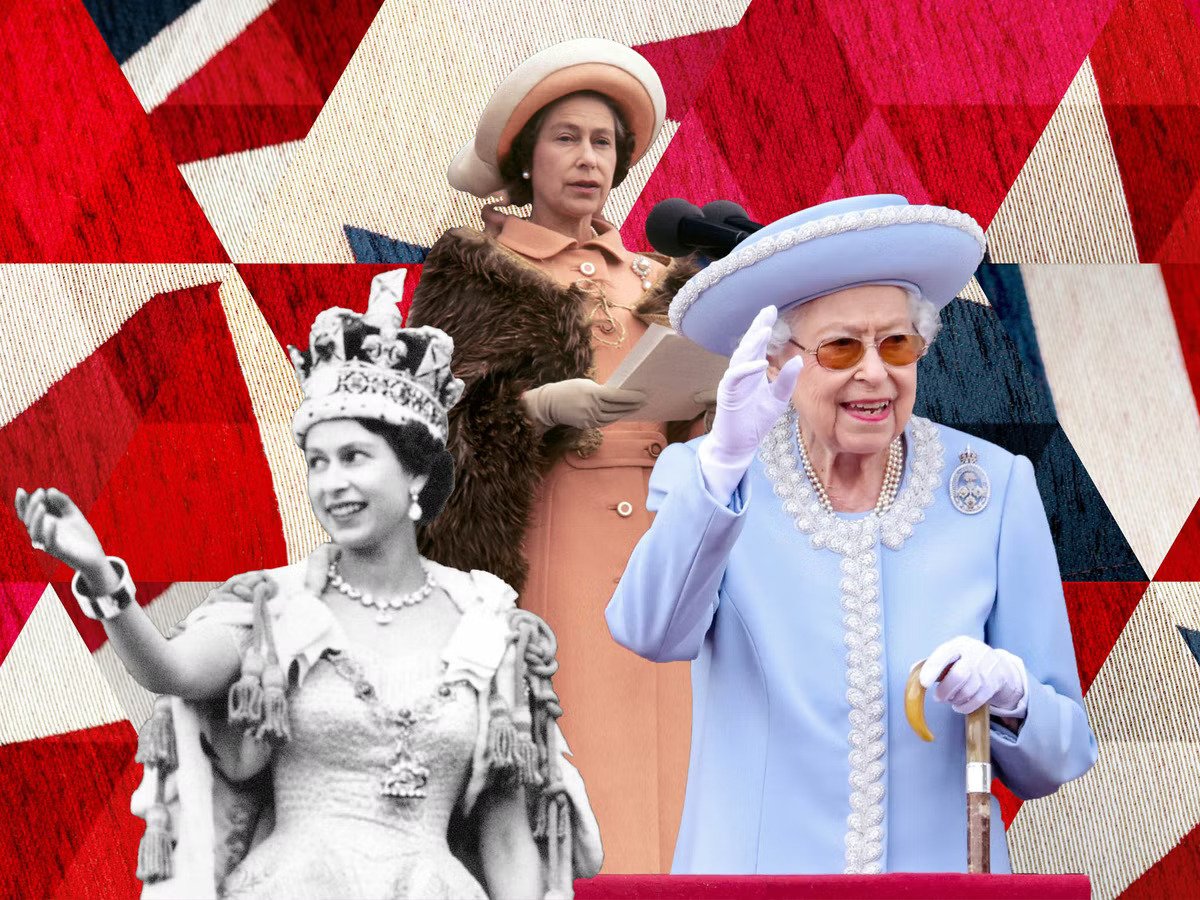How tech and communications have changed during the Queen’s 70-year reign

As the Queen’s Platinum Jubilee celebrations draw to a close, the landmark occasion is a good time to look back on how tech and the way that people communicate have changed in the UK during the last 70 years, as there has been a dramatic shift since the historic coronation in 1953.
The humble television was a relatively new innovation after the Second World War, but it was making its way into people’s homes at a fairly brisk pace by the time that the Queen’s accession was confirmed in 1952.
At that point, one in seven households had a TV, but this increased to one in five just a year later when the Queen’s coronation took place in the summer of 1953.
The postal service was still the main form of communication then.
The first and second-class postal systems would not be introduced for another 15 years, replacing a weight-based service that was previously used for letters and parcels.
The volume of letters steadily increased in tandem with a growing population thereafter before hitting a peak in the early 2000s.
While sending letters is now viewed as a bit old-fashioned in today’s fast-paced, digital society, Royal Mail recently revealed that its parcel volumes soared 30% to 1.7 billion in 2021.
The phone has perhaps had the most interesting trajectory as just 10% of homes had a landline back in 1952, which then surged to 60% in 1977 and 94% by the Golden Jubilee in 2002.
However, the emergence of faster 4G and 5G services has driven a shift away from landlines in recent years as a third of households now use mobile devices exclusively to make calls and only 61% use a landline for this purpose.
